Growing rare herbs presents a unique challenge that appeals to both gardening enthusiasts and those seeking alternatives to common varieties. These rare herbs, often with rich histories and distinctive flavors, require special care and knowledge to cultivate successfully. Whether you’re a seasoned gardener or new to the world of plant cultivation, the journey of growing rare herbs can be both rewarding and thrilling. From understanding their rarity to mastering the techniques needed to grow them, this article delves into the fascinating world of rare herbs, exploring their characteristics, cultural significance, and the secrets to their survival. Discover which herbs are considered the rarest, which pose the greatest challenges, and which offer the most value, all while learning how to grow them effectively indoors. Prepare to unlock the hidden treasures of the herbal kingdom and embark on a journey that combines science, history, and culinary delights.
Key Takeaways
– Saffron stands out as one of the rarest and most valuable herbs, prized for its labor-intensive cultivation and high demand in culinary and medicinal applications.
– Turmeric, Ginger, and Vanilla are among the most valuable herbs due to their unique properties and limited supply. Turmeric boosts health with medicinal benefits, Ginger aids digestion, and Vanilla’s exclusivity makes it a luxury item.
– Basil, Rosemary, Mint, Parsley, Cilantro, Dill, Lavender, Thyme, Oregano, and Lemongrass are among the most lucrative herbs to grow, offering high returns and versatile uses in cooking and beyond. Basil, in particular, is sought after for its aromatic qualities and cultural significance.
– Basil is crowned the “King of Herbs” due to its cultural reverence, versatility in cuisine, and health benefits, making it a cherished herb across various cultures and dishes.
The Rarest Herb
Determining the “rarest” herb is subjective, as rarity can depend on factors like cultivation difficulty, regional availability, and cultural significance. However, several herbs stand out for their uniqueness and limited availability.
- Ghost Plant (Monotropa unifolia) – Found primarily in North America, this rare herb is known for its ghostly white flowers and prefers shaded environments. Its limited range and preference among collectors make it highly sought after.
- Chinese Wild Rice (Zizania latifolia) – Native to China, this herb is considered a delicacy and is rarely exported due to its perishable nature and high demand in local cuisine.
- Rock Samphire (Samphire rockensis) – Found along coastal cliffs, this rare herb is known for its succulent leaves and is often used in traditional medicine. Its habitat makes it difficult to cultivate, contributing to its rarity.
- Bloodroot (Sanguinaria canadensis) – Primarily found in eastern North America, this herb is known for its red-colored roots. It’s rare due to its specific habitat preferences and limited distribution.
- Corn Salad (Raphanus raphanistrum) – A lesser-known member of the Brassicaceae family, this herb is native to Europe and the Middle East. Its rarity stems from its preference for specific soil types and limited commercial use.
- Water Chestnut (Cycas revoluta) – While not as obscure as others, this herb is rare in many regions due to its tropical origin and requirement for specific growing conditions.
- Golden Chamomile (Chamomilla recutita) – Known for its golden flowers, this herb is rare because of its sensitivity to cold climates and limited natural habitats.
- Stinking Iris (Iris foetidissima) – Native to the Mediterranean region, this herb is rare outside its natural habitat due to its specific pollination requirements and poor tolerance to colder temperatures.
These herbs highlight the diversity of rare plants and the challenges faced in preserving them. Growing and caring for rare herbs requires specific knowledge and attention to their unique needs.
What is the Most Difficult Herb to Grow?
Lavender is often cited as one of the most challenging herbs to grow, requiring constant attention and specific conditions. However, other herbs like basil, mint, rosemary, and coriander also pose unique challenges for gardeners.
- Basil : Requires consistent sunlight and regular pruning to prevent wilting. Overwatering can lead to root rot, making it a tricky plant to manage.
- Mint : Grows rapidly and can take over gardens if left unchecked. It prefers moist soil but can succumb to aphids and spider mites if not maintained properly.
- Rosemary : Needs a lot of sunlight and well-drained soil. It’s susceptible to powdery mildew if not kept dry, and overuse can cause it to become leggy.
- Lavender : While beautiful, it demands precise control over temperature, humidity, and watering. It’s highly sensitive to overwatering and pests like aphids.
- Coriander : Requires cool weather and consistent planting to ensure a continuous harvest. It can bolt easily in hot conditions, leading to sparse seeds.
- Dill : Thrives in warm temperatures but is prone to bolting and pests like aphids. It also requires frequent harvesting to prevent the plants from becoming too large.
- Parsley : A slow-growing herb that prefers shaded areas. It’s vulnerable to pests like slugs and snails, especially in humid environments.
For those looking to grow these challenging herbs successfully, Old Seed’s guide to herb gardening offers valuable tips and tricks to overcome common growing challenges. Whether you’re cultivating lavender or managing mint, with the right knowledge and care, these herbs can thrive in your garden.
The Mother of All Herbs
Organic Mother of Herbs, scientifically known as Plectranthus amboinicus , is often referred to as the “mother of herbs” due to its versatility and widespread culinary use. This remarkable plant offers a unique blend of flavors, resembling a combination of mint and oregano, making it a valuable addition to various dishes.
Culinary Uses
Mother of Herbs is highly regarded for its ability to enhance the taste of dishes while adding a fresh, herbal aroma. It is commonly used in:
- Mexican cuisine, particularly in salsas and marinades
- Mediterranean and Middle Eastern dishes
- Italian and French cooking
- Vegetable dishes for added freshness
Health Benefits
Beyond its culinary applications, Mother of Herbs is also celebrated for its potential health benefits. It contains antioxidants and essential nutrients, including vitamin C and iron, which contribute to overall well-being. Its adaptability to various growing conditions also makes it a resilient plant for home gardens.
Growing Tips
For those interested in cultivating Mother of Herbs, it thrives in well-drained soil and prefers full sun to partial shade. Regular watering during the growing season ensures healthy growth, and it can be harvested year-round in warmer climates.
Competing Herbs
While Mother of Herbs stands out, there are other notable herbs that share its prominence in the culinary world. Some of the most popular include:
- Basil – Known for its sweet and pungent flavor, basil is a staple in Italian cuisine
- Rosemary – A fragrant herb commonly used in Mediterranean dishes
- Thyme – Valued for its strong fragrance and woody texture
- Cilantro – Popular in Mexican and Asian cuisines for its citrusy notes
Each of these herbs brings unique qualities to the table, making them essential additions to any kitchen. Explore our herb collection to discover the perfect plants for your culinary needs.
What is the most valuable herb?
The perception of value in herbs often depends on their rarity, cultural significance, and perceived health benefits. Among the many herbs, saffron stands out as one of the most valuable due to its intense flavor, vibrant color, and high demand in culinary and medicinal applications.
What Makes a Herb Valuable?
- Rarity: Saffron crocus flowers are labor-intensive to grow and harvest, making saffron one of the most expensive spices globally.
- Cultural Significance: Saffron has been revered in various cultures for its role in cuisine, medicine, and even love spells.
- Medicinal Properties: Saffron is believed to have antioxidant properties and may aid in treating depression and cognitive decline.
Examples of Valuable Herbs
- Saffron: Derived from Crocus sativus, saffron is prized for its golden hue and complex flavor, often used in dishes like paella and risotto.
- Turmeric: Known for its yellow pigment and medicinal properties, turmeric is highly valued for its ability to combat inflammation and boost brain function.
- Ginger: Ginger root is sought after for its ability to enhance digestion and provide a spicy kick to meals.
- Vanilla: Extracted from orchids, vanilla is a rare and costly spice used extensively in baking and desserts.
While saffron often takes the spotlight, other herbs like turmeric, ginger, and vanilla also hold significant value due to their unique qualities and versatile uses. The value of a herb can also be influenced by its availability, processing method, and cultural demand.
For more information on growing and preserving heirloom herbs, visit our gardening resources .
What is the Most Lucrative Herb to Grow?
The most lucrative herb to grow depends on factors like climate, soil conditions, and market demand. However, certain herbs consistently offer high returns due to their versatility, culinary value, and commercial potential. Below is a list of some of the most profitable herbs to cultivate:
- Basil
- Rosemary
- Mint
- Parsley
- Cilantro
- Dill
- Lavender
- Thyme
- Oregano
- Lemongrass
Basil is one of the most popular herbs globally, valued for its aromatic properties and culinary uses. It grows well in warm climates and can be harvested multiple times throughout the growing season.
Rosemary is highly sought after for its flavorful leaves, commonly used in Italian, French, and Mediterranean cuisines. It thrives in dry, sunny conditions and has a long shelf life once dried.
Mint is another high-demand herb, used in various dishes, teas, and cosmetic products. It requires minimal maintenance and can be grown year-round in mild climates.
Parsley is a versatile herb used in countless recipes, from soups to salads. It prefers cooler temperatures and is often grown in containers for easy management.
Cilantro, also known as fresh coriander, is highly valued in Mexican and Asian cuisine. It has a short growing season, making it ideal for seasonal crops with high market demand.
Dill is a favorite for pickling and fermenting, particularly in German and Scandinavian cuisines. It grows quickly and can be harvested multiple times during the growing season.
Lavender is not only a beautiful herb but also highly profitable. It is used in perfumes, cosmetics, and culinary applications. Lavender thrives in well-drained soil and full sun.
Thyme is a staple in Mediterranean cooking and is known for its strong flavor. It is drought-tolerant and can be grown in arid conditions, making it a resilient crop.
Oregano is a fragrant herb with a strong flavor, commonly used in Italian cuisine. It prefers warm temperatures and well-drained soil, making it a profitable crop in many regions.
Lemongrass is increasingly popular for its citrusy aroma and culinary uses. It grows well in tropical and subtropical climates and is highly valued in Asian cuisine.
When choosing which herb to grow, consider your region’s climate, the herb’s growth habits, and its market demand. Herbs like basil, rosemary, and mint typically offer high returns due to their widespread use in commercial kitchens and home cooking. Additionally, proper marketing through local farmers’ markets or online platforms can significantly boost profitability.
For more information on growing these herbs and maximizing their potential, visit Old Seed , your trusted source for heirloom gardening and sustainable agriculture.
Which Herb is Called the King of Herbs?
The herb commonly referred to as the “king of herbs” is Basil . Known as Ocimum basilicum, basil is celebrated for its vibrant aroma, fresh flavor, and versatility in culinary applications. It holds a revered position in many cultures, symbolizing prosperity and health.
Reasons Basil is Considered the King of Herbs:
- Cultural Significance : Basil has deep roots in religious and spiritual practices. In India, it is worshiped as a sacred plant, while in ancient Egypt, it was believed to protect the dead.
- Culinary Excellence : As a cornerstone of Mediterranean and Middle Eastern cuisines, basil enhances the taste of dishes from pizzas to soups, making it a staple in global kitchens.
- Versatility : Basil thrives in diverse environments and can be used fresh or dried, providing year-round availability in many regions.
- Health Benefits : Rich in antioxidants and vitamins, basil contributes to overall well-being, further cementing its royal status.
While other herbs like oregano, thyme, and parsley have their own merits, basil’s unique qualities establish it as the premier herb, cherished across cultures and cuisines.
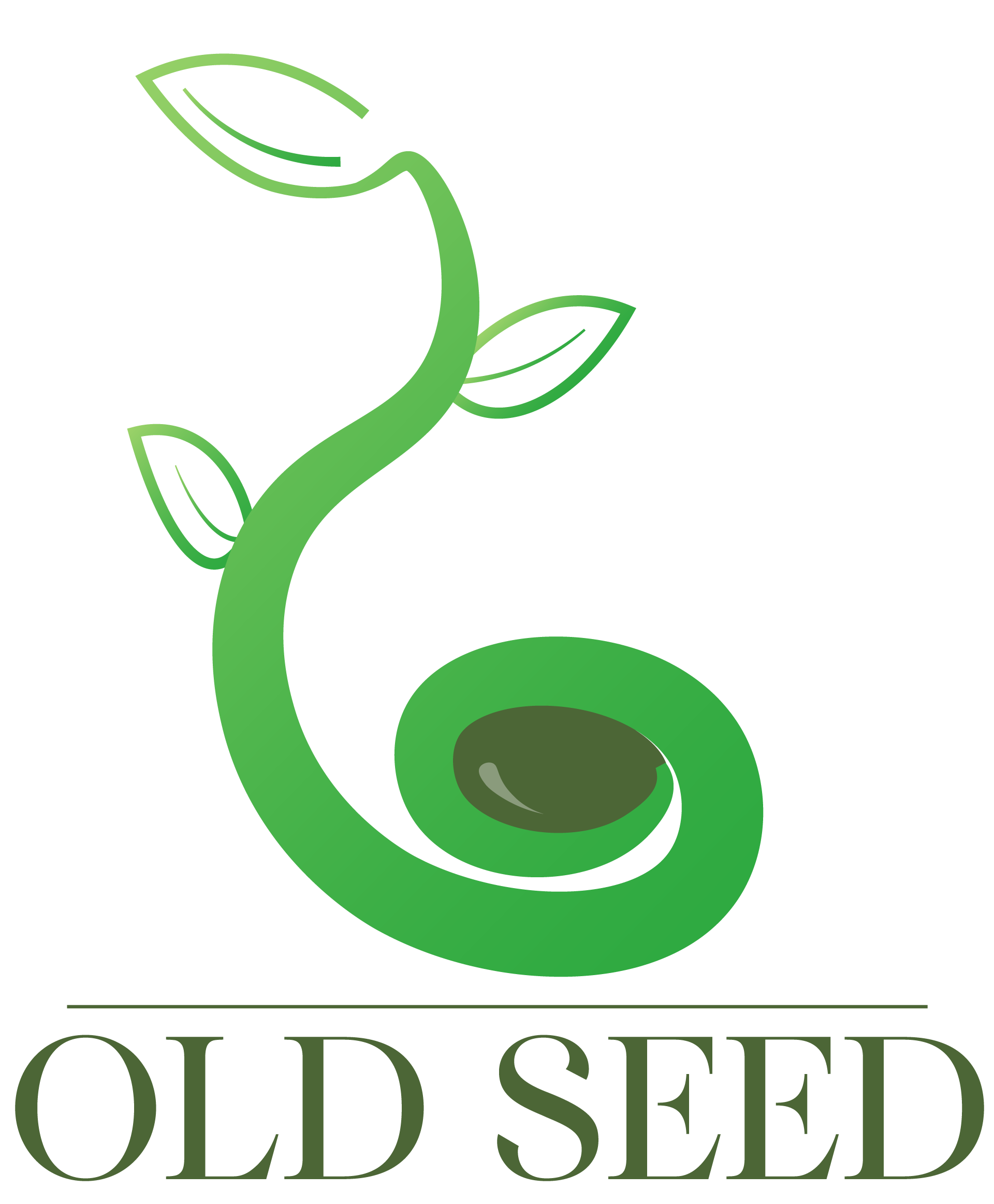
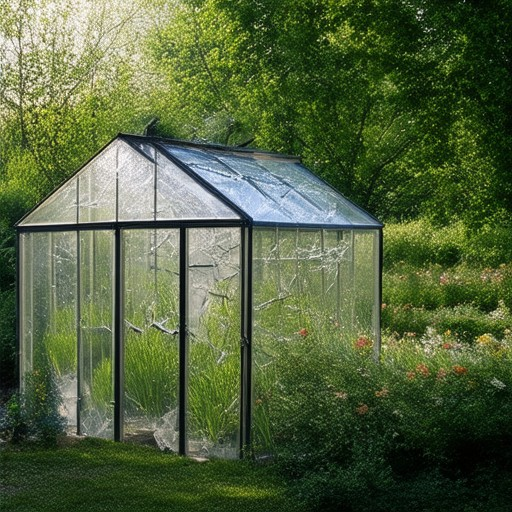
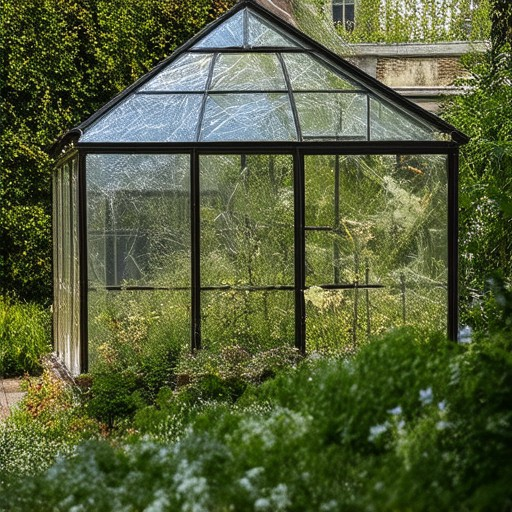
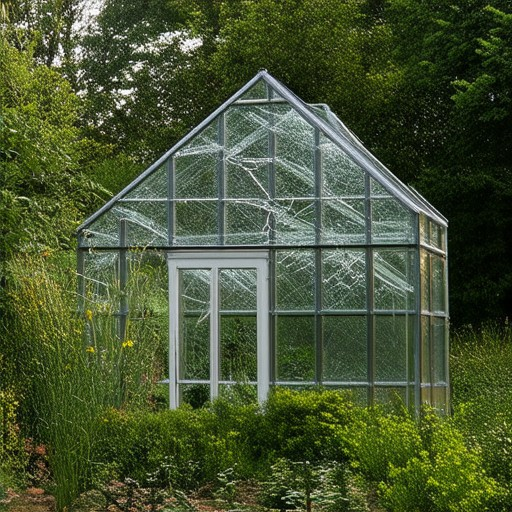
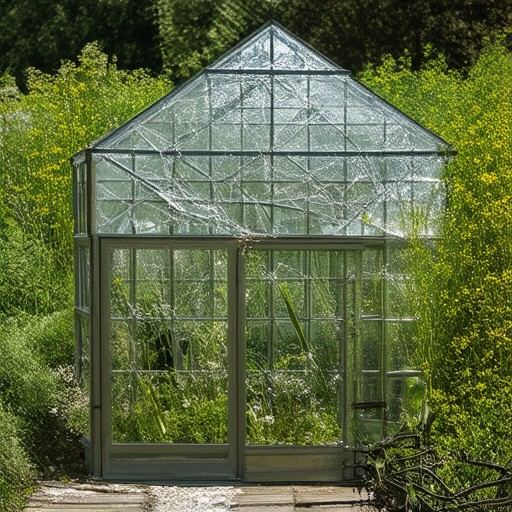
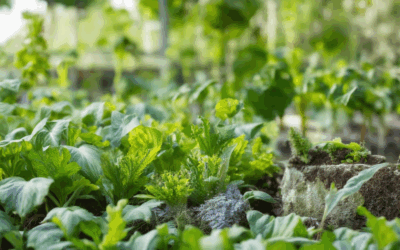
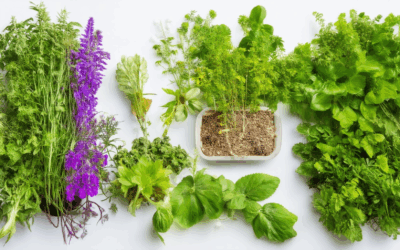
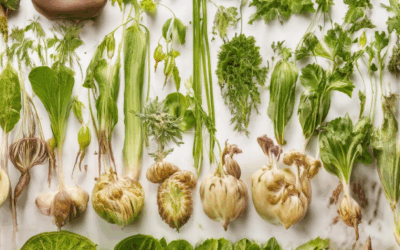
0 Comments